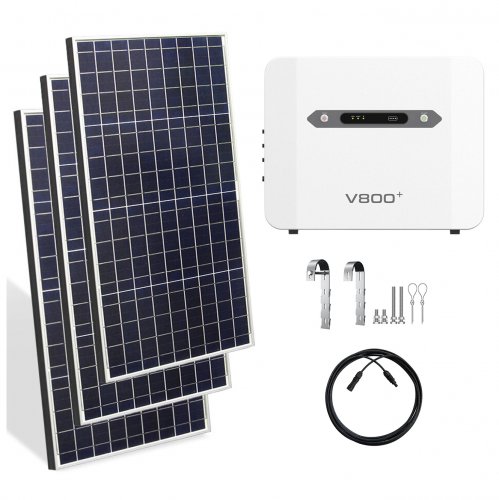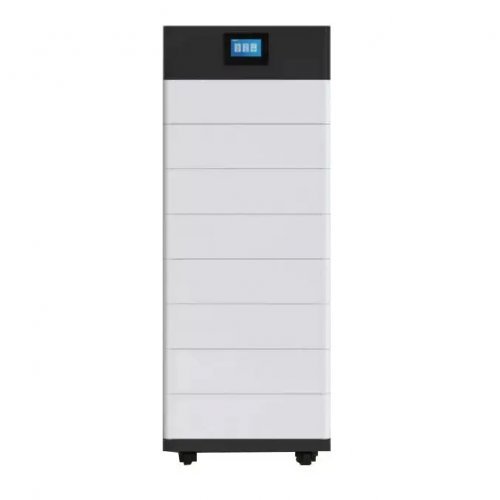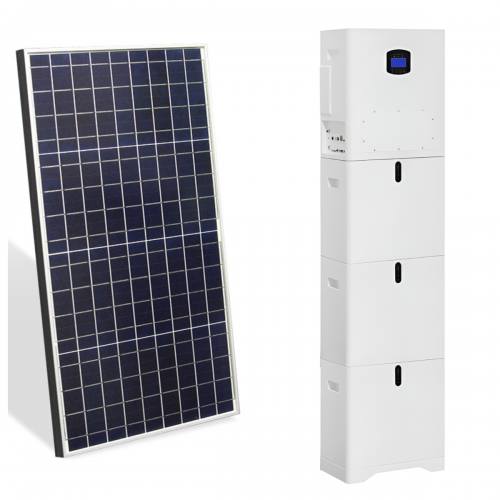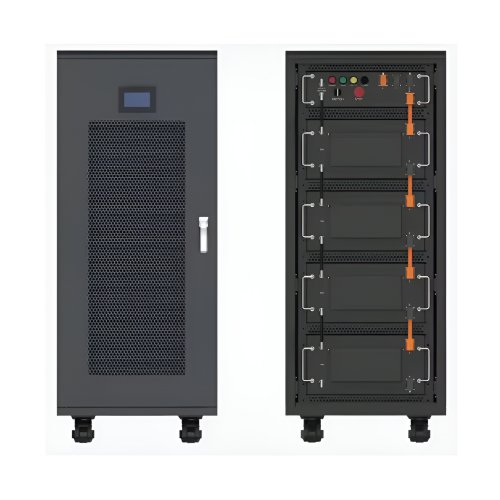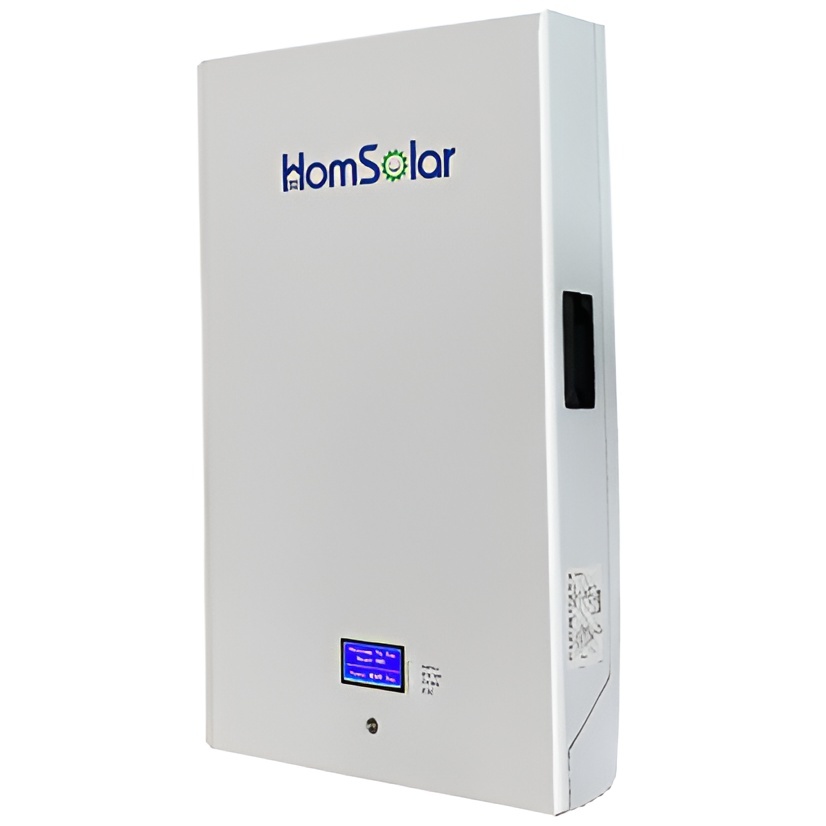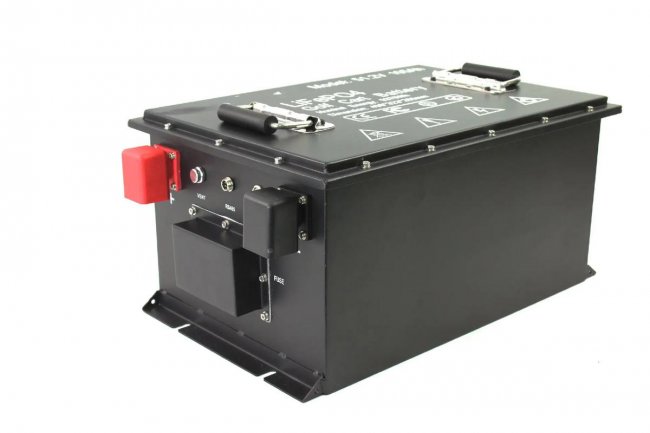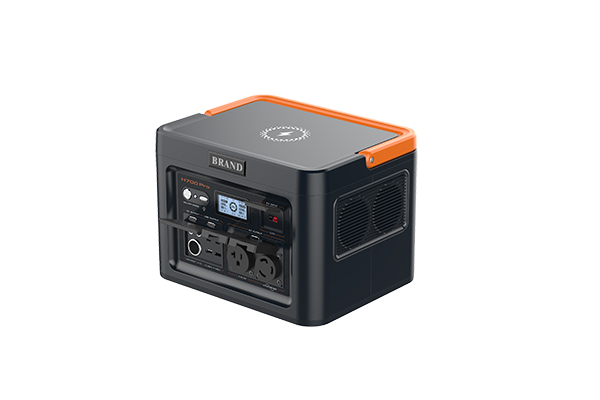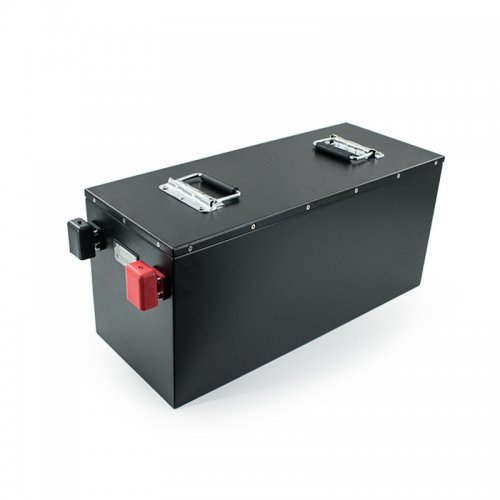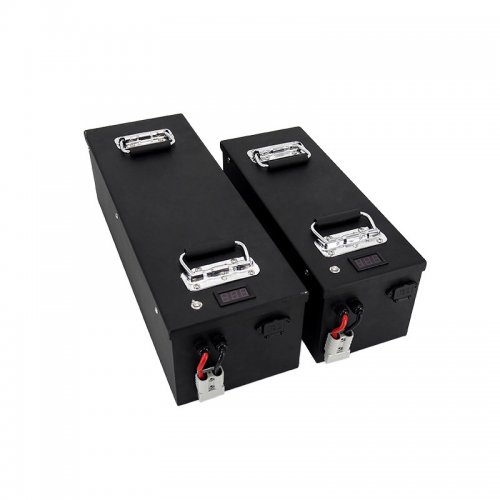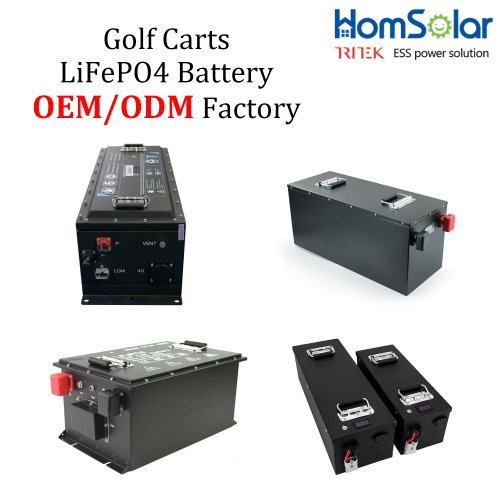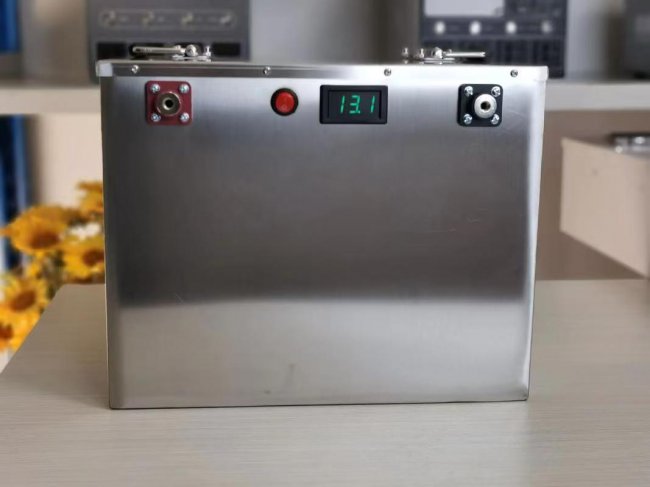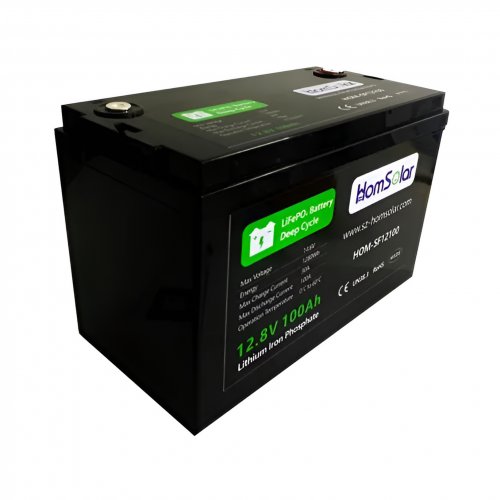How To Use Charging Instructions: A Comprehensive Guide To Maximizing Battery Health And Device Longevity
In our connected world, keeping our electronic devices powered is a daily necessity. However, many users unknowingly degrade their device's battery through improper charging habits. Understanding and correctly applying charging instructions is not just about getting through the day; it's about preserving the long-term health and performance of your valuable electronics. This guide provides a detailed, step-by-step approach to interpreting and implementing charging instructions for optimal results.
Part 1: Foundational Steps for Proper Charging
Before you even plug in your device, a few preliminary steps are crucial for safety and efficiency.
1. Consult the Official Manual: The single most important step is to locate and read the manufacturer's official charging instructions. These are found in the physical manual, on the manufacturer's website, or within the device's software. Look for specific information on:Supported Voltage/Amperage: e.g., "5V/2A" or "9V/1.67A".Compatible Chargers: Specific model numbers or technology standards (e.g., USB-PD, Qualcomm Quick Charge).Temperature Limits: The acceptable ambient temperature range for charging.First-Time Use Guidance: Some devices have specific initial charging procedures.
2. Use the Correct Charging Equipment: Always use the charger and cable that came with your device. If you need a replacement, ensure it is certified by the manufacturer or a reputable third party that meets the exact specifications. Using an underpowered charger will result in extremely slow charging, while an overpowered or uncertified one can cause overheating and permanent damage to the battery.
3. Inspect Your Gear: Regularly check the charger, cable, and the device's charging port for any signs of damage, such as fraying, bent pins, or debris accumulation. Using damaged equipment is a significant safety hazard.
4. Ensure a Proper Connection: Firmly plug the cable into both the wall adapter and your device. A loose connection can lead to intermittent charging, which is stressful for the battery's internal circuitry.
Part 2: The Charging Process and Best Practices
Once you have the right gear and knowledge, you can optimize the charging cycle itself.
1. Initiate Charging: Connect your device. If it supports fast charging, you may see a specific on-screen indicator (e.g., "Charging Rapidly"). Note that fast charging often slows down as the battery capacity reaches 80% to protect the battery.
2. Manage the Charging Environment: Place your device on a hard, flat, and stable surface while charging. Avoid charging on soft surfaces like beds or sofas, as they can trap heat and cause the device to overheat. The ideal environment is a cool, dry, and well-ventilated area, away from direct sunlight.
3. Understand the Battery "Sweet Spot": For long-term battery health, the most stress-free zone for a lithium-ion battery is between 20% and 80%. Contrary to old habits, you do not need to always charge to 100%.Practical Tip: If possible, unplug your device once it reaches around 80-90%. Many modern devices have built-in features to limit charging to 80-85% to prolong battery lifespan.
4. Avoid Overnight Charging: While it's convenient, leaving your device plugged in at 100% for many hours (trickle charging) places continuous stress on the battery. If you must charge overnight, consider using a "smart" plug on a timer or a charger with an automatic shut-off feature.
5. Disconnect Correctly: When unplugging, always pull from the connector itself, not the cable. This prevents strain on the cable and the device's port.
Part 3: Advanced Techniques and Proactive Management
To truly master your device's power, incorporate these advanced strategies.
1. Leverage Software Features: Both Android and iOS offer built-in battery management systems.Optimized Battery Charging (iOS): This feature learns your daily routine and waits to finish charging past 80% until you need to use your device.Adaptive Charging / Battery Saver (Android): Similar features exist on many Android devices, delaying full charging and limiting background activity to conserve battery health. Ensure these features are enabled in your settings.
2. Calibrate Your Battery Periodically: If your battery percentage seems inaccurate, a calibration can help. To do this, let your device discharge fully until it powers off. Then, charge it uninterrupted to 100%. This helps the device's software recalibrate its battery level indicator. Performing this once every three months is sufficient.
3. Manage Heat as the Primary Enemy: Heat is the number one contributor to battery degradation.Remove Cases: If you notice your device becoming warm during charging, consider removing its case to improve heat dissipation.Avoid Using While Charging: Demanding tasks like gaming or video editing during charging generate excessive heat. If you must use the device, stick to light tasks like reading or messaging.
Part 4: Critical Warnings and What to Avoid
Ignoring these warnings can lead to reduced performance, hardware failure, or safety risks.
1. NEVER Use Knock-off Chargers or Batteries: Cheap, uncertified replacements often lack essential safety circuits and can fail catastrophically, posing a fire risk.
2. Do Not Let Your Device Fully Discharge Regularly: Allowing your battery to hit 0% on a frequent basis is deeply stressful for its chemistry. Try to plug it in before it drops below 20%.
3. Avoid Extreme Temperatures: Never charge a device that is freezing cold or hot to the touch. If your phone has been in a cold car, let it warm to room temperature before charging. Similarly, if it's hot from the sun or use, let it cool down first.
4. Do Not Cover the Device While Charging: Blocking ventilation ports can cause a dangerous buildup of heat.
5. Unplug During Thunderstorms: As a general safety rule for all electronics, unplug chargers during electrical storms to protect against power surges.
By treating these charging instructions not as a mere suggestion but as an essential part of device ownership, you can significantly extend the functional life of your electronics, ensure they perform reliably when you need them most, and do so safely. Consistent, informed charging habits are a small investment that pays substantial dividends in the longevity and reliability of your technology.
Customized/OEM/ODM Service
HomSolar Supports Lifepo4 battery pack customization/OEM/ODM service, welcome to contact us and tell us your needs.


HomSolar: Your One-stop LiFePO4 Battery Pack & ESS Solution Manufacturer
Our line of LiFePO4 (LFP) batteries offer a solution to demanding applications that require a lighter weight, longer life, and higher capacity battery. Features include advanced battery management systems (BMS), Bluetooth® communication and active intelligent monitoring.

Customised Lithium Iron Phosphate Battery Casing
ABS plastic housing, aluminium housing, stainless steel housing and iron housing are available, and can also be designed and customised according to your needs.

HomSolar Smart BMS
Intelligent Battery Management System for HomSolar Energy Storage System. Bluetooth, temperature sensor, LCD display, CAN interface, UART interface also available.


Terminals & Plugs Can Be Customized
A wide range of terminals and plugs can be customised to suit the application needs of your battery products.

Well-designed Solutions for Energy Storage Systems
We will design the perfect energy storage system solution according to your needs, so that you can easily solve the specific industry applications of battery products.



About Our Battery Cells
Our energy storage system products use brand new grade A LiFePO4 cells with a battery lifespan of more than 4,000 charge/discharge cycles.



Applications in Different Industries
We supply customized & OEM battery pack, assemble cells with wiring, fuse and plastic cover, all the cell wires connected to PCB plug or built BMS.
Applications: E-bike, Electric Scooter, Golf Carts, RV, Electric Wheelchair, Electric Tools, Robot Cleaner, Robot Sweeper, Solar Energy Storage System, Emergency Light, Solar Power Light, Medical Equipment, UPS Backup Power Supply.
We can provide you with customized services. We have the ability to provide a vertical supply chain, from single cells to pack/module and to a complete power solution with BMS, etc.


HomSolar (Shenzhen) Technology Co., Ltd








